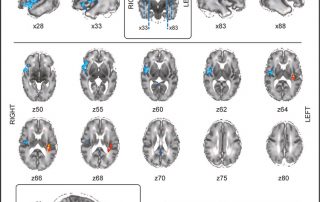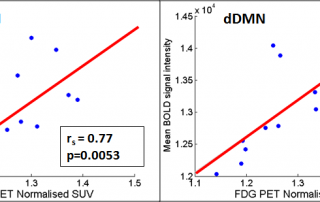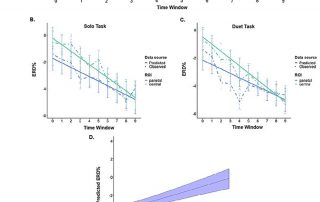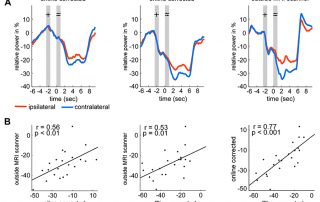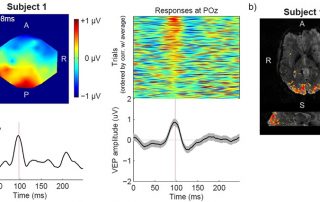Simultaneous EEG-fMRI provides a new insight into the origin of spontaneous neuronal activity in preterm humans
This user research article summaries our publication “Arichi T, Whitehead K, Barone G, Pressler R, Padormo F, Edwards AD, Fabrizi L (2017) Localization of spontaneous bursting neuronal activity in the preterm human brain with simultaneous EEG-fMRI. eLife 6:e27814”.


